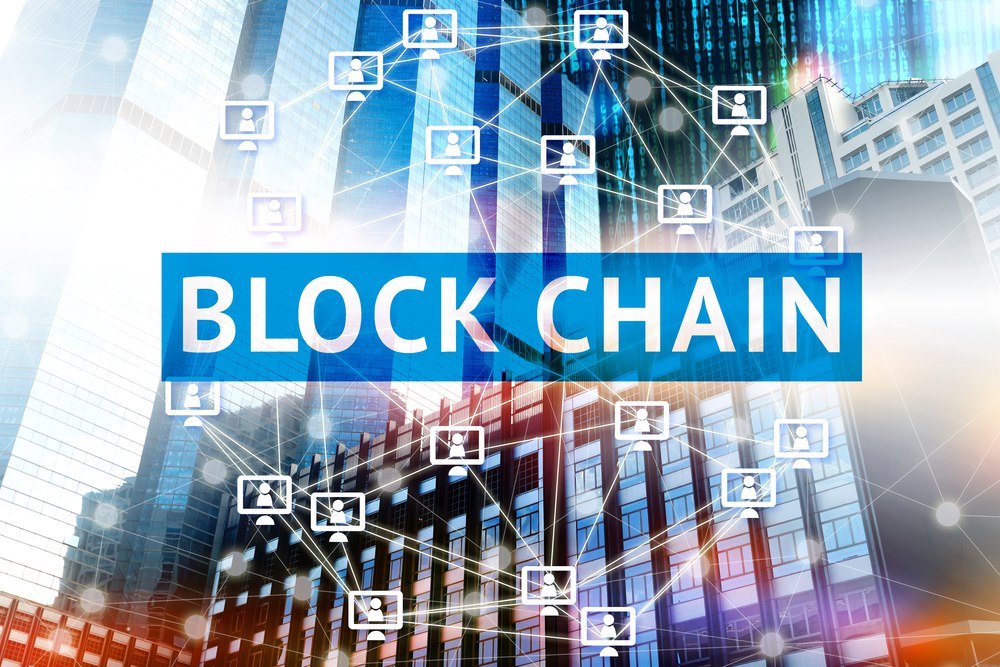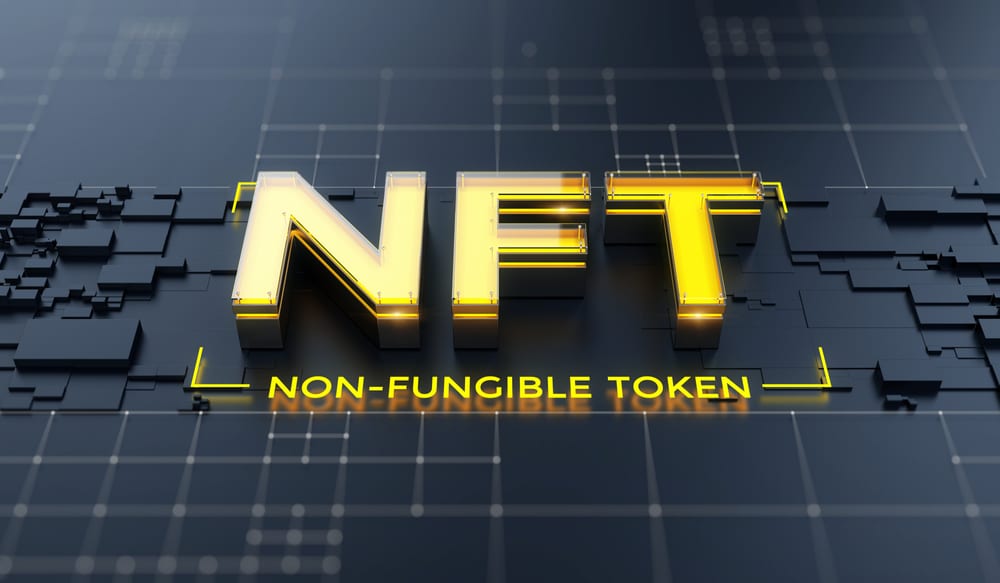What is MEV? Blockchain’s Hidden Challenge and Chainlink’s Solution

The financial world has been revolutionized by blockchain, the backbone of many prominent digital currencies. However, as with all innovations, challenges arise. One of the most pressing issues in the blockchain arena today is Maximal Extractable Value (MEV). But what is MEV? Why should you be concerned? Moreover, how is the industry addressing it? Let’s delve in.
Deciphering MEV
At its core, MEV is the upper limit of profit that a blockchain miner or validator can make by manipulating transaction orders during block production. This move arises from the ability of these block producers, be they miners in proof-of-work systems or validators in proof-of-stake setups, to determine the sequence in which transactions get processed.
Initially, this concept was called miner extractable value. However, since the principle applies to more than just miners, it’s now broadly known as maximal extractable value. Hence, when we refer to MEV, we encompass the entirety of this blockchain phenomenon, irrespective of the system.
Historically, this wasn’t just a hypothetical concern. In 2019, a “Flash Boys 2.0” research paper highlighted transaction frontrunning on decentralized exchanges, a real-world illustration of MEV. By the end of 2021, the total MEV extracted from Ethereum alone skyrocketed to over $686 million.
How MEV Functions
Blockchains, understandably, are decentralized networks that assure the validity of every transaction. However, there is a catch since there’s no inherent guarantee on the sequence in which these transactions get processed.
Block producers select pending transactions from a mempool (a queue for unconfirmed transactions) based on the fees offered. However, this isn’t mandatory. Consequently, they can rearrange transactions, deriving additional benefits, a practice referred to as MEV.
Key MEV Instances
To better grasp this concept, consider two primary examples:
Frontrunning and Sandwich Attacks. In a decentralized exchange, when users make trades, these transactions usually pass through a public mempool. Bots, keeping an eye on this, can exploit large businesses.
They can influence market prices by copying the user’s trade and ensuring theirs is processed first. This series of actions is a sandwich attack, ultimately leading to users getting a less favorable exchange rate.
Exchange Arbitrage and Liquidations: Arbitrage opportunities, a discrepancy in crypto asset prices across exchanges, are another playground for MEV. Bots can seize these opportunities, purchasing assets at a lower price on one sale and selling them higher on another. The challenge arises when MEV bots outbid original arbitrage transactions, sniping their profits.
MEV: The Two Sides
While MEV often draws criticism, it has merits. On the positive side, it helps rectify economic inefficiencies across DeFi protocols. Rapid liquidations and price corrections across exchanges are cases in point. Additionally, MEV might bolster a blockchain network’s security by creating competition among block producers.
However, on the flip side, MEV can deteriorate user experience. For instance, the mentioned sandwich attacks can lead to high slippage during trades. Additionally, higher fees due to MEV can congest the network, hiking prices for all transactions.
Chainlink’s Solution: Fair Sequencing Services (FSS)
Significantly, to combat MEV’s adverse effects, Chainlink introduced Fair Sequencing Services (FSS). This solution, employing decentralized oracle networks, aims at a decentralized, fair transaction ordering process.
Through FSS, Chainlink ensures transactions are encrypted initially, ordered fairly, and then decrypted for execution. By hiding transaction details until ordering, frontrunning based on transaction visibility becomes nearly impossible.
Moreover, with temporal ordering, Chainlink aspires to maintain a first-in, first-out transaction policy, which ensures fairness and lowers fees, enhancing the user experience in the DeFi ecosystem.
Conclusion
Blockchain, as revolutionary as it is, has its complexities. MEV is one such intricate challenge. However, as the industry grows, solutions like Chainlink’s FSS provide a beacon of hope for more equitable and efficient blockchain systems. The journey ahead promises more evolution, innovation, and solutions, keeping the world of decentralized finance in constant flux.
DISCLAIMER: It's essential to understand that the articles on this site are not meant to serve as, nor should it be construed as, advice in legal, tax, investment, financial, or any other professional context. You should only invest an amount that you are prepared to lose, and it's advisable to consult with an independent financial expert if you're uncertain. To obtain more information, kindly examine the terms of service and the assistance and support resources made available by the issuing or advertising entity. Our website is committed to delivering accurate and unbiased news, yet it's important to note that market conditions may change rapidly. Also, be aware that some (but not all) articles on our site are compensated or sponsored.








